【人気ダウンロード!】 e.coli morphology on nutrient agar 344347-What color is e coli on nutrient agar
For example, sorbitol can be used as a replacement sugar in MacConkey agar to assist in the isolation and differentiation of enteropathogenic E coli serotypes such as E coli O157H7 by the presence of white circular colonies that are nonsorbitol fermenting Preparation of MacConkey AgarSuccessful E coli transformations create colored colonies on some media For example, growth on a MacConkey agar plate shows that E coli are not inhibited by bile salts and crystal violet The pink color of the bacterial growth indicates E coli can ferment lactose and tells you that it is a gramnegative bacteriumNutrient Agar, a less nutritious medium (right) 327 INFLUENCE OF AGE ON PIGMENT PRODUCTION A Serratia marcescens grown on Sheep Blood Agar after 24 hours B The same plate of S marcescens after 48 hours

Staphylococcus Epidermidis An Overview Sciencedirect Topics
What color is e coli on nutrient agar
What color is e coli on nutrient agar-E coli is a subgroup of fecal coliform bacteria and is largely composed of E coli (Escherichia coli) Compared to others, E coli are almost exclusively found in the intestines of warmblooded animals where they are able to live and reproduceNutrient agar containing 0·85 per cent sodium chloride and 5 per cent (v/v) defibrinated or oxalated blood Horse blood is suitable for streptococci, but for other organisms, eg staphylococci, the blood of other animals (eg sheep, rabbit, ox) may give better results Liquefy the nutrient agar medium, cool to 50°C and add the sterile blood
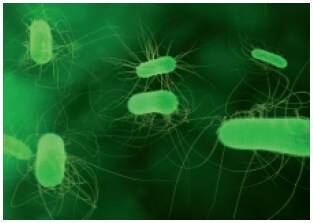


Selective Growth Media For Differentiation And Detection Of Escherichia Coli And Other Coliforms Sigma Aldrich
Morphology and culture characteristics of escherichia coli (ecoli) ⇒ The Deoxycholate Citrate Agar (DCA) medium which is a Selective medium for Salmonella typhi & other Salmonella Species as well as Shigella Spp contains Deoxycholate and Citrate salts in a concentration that inhibits the growth of many grampositive bacteria & most of theAgar is the solidifying agent that provides a stable surface for the organism to grow on, which allows for the observation of colony morphology and enumeration of the organism The medium is made up of basic nutrient that is essential for a wide variety of organism, which makes it a general media that can be used for various purposesYellow to yellowred colonies E coli on Salmonella Shigella (SS) Slight growth;
Pink to redcolored small circular colonies E coli on EMB agar Blueblack bull's eye colonies with a metallic green sheen E coli on Bile Esculin Agar Growth with no blackening of the mediumA defined medium is synthesized from individual chemicals required by the organism so the exact molecular composition is known, whereas an undefined medium is made from natural products suchPresumptive identification of E coli was made based on its characteristic morphology colony on the selective medium MacConkey agar Rapid lactose fermenting colonies of E coli appear dry, donut shaped and dark pink in color and are surrounded with dark pink area of precipitated bile salts
Nutrient agar Colonies are large (23mm), thick, colorless, moist, easily emulsifiable Escherichia coli MacConkey's agar Colonies are flat and pink (due to lactose fermentation), circular, convex, smooth nonviscous with a clearcut margin Blood agar Colonies are big, circular, grey, moist, and some strain beta hemolysis (mainly UPECPresumptive identification of E coli was made based on its characteristic morphology colony on the selective medium MacConkey agar Rapid lactose fermenting colonies of E coli appear dry, donut shaped and dark pink in color and are surrounded with dark pink area of precipitated bile salts Click to see full answerThis study assessed the clonal diversity, the resistance profile and the virulence potential of Escherichia coli strains isolated from diabetic foot infection (DFI) and diabetic foot osteomyelitis (DFOM) A retrospective singlecentre study was conducted on patients diagnosed with E coli isolated from deep DFI and DFOM at Clinique du Pied Diabétique GardOccitanie (France) over a twoyear
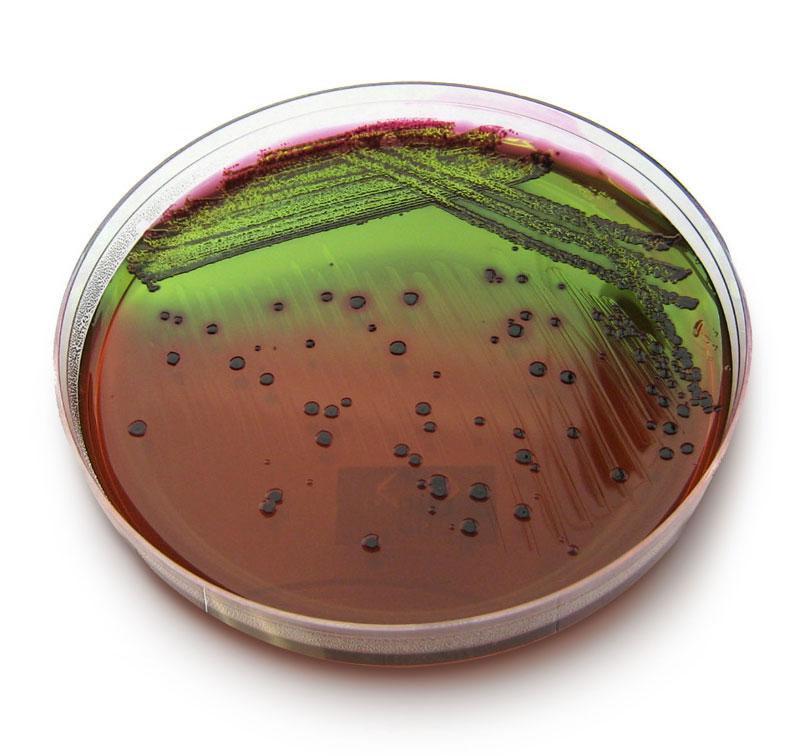


Cultivation Media For Bacteria


Morphology Culture Characteristics Of Salmonella Typhi S Typhi
In current study, the morphological characteristics of E coli growth on nutrient agar were consistent with the findings of AlFerdous et al, (12) that refers to growth of circular, raisedA defined medium is synthesized from individual chemicals required by the organism so the exact molecular composition is known, whereas an undefined medium is made from natural products suchThe colony morphology of E coli on nutrient agar looks lactose negative, cellobiose negative, and sucrose negative In some colonies, a metallic green color is given off by the specimen



Interpreting Plates
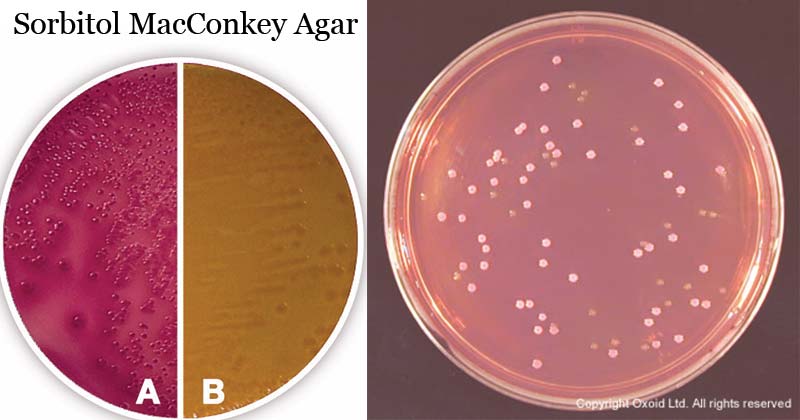


Sorbitol Macconkey Agar Culture Media Microbe Notes
What Can Grow on a Nutrient Agar Plate?Hey friends I'm medical laboratory scientistThis video has information about e coli colony on macconkey agar Blood agar,Nutrient Agar Microbiology EYellow to yellowred colonies E coli on Salmonella Shigella (SS) Slight growth;
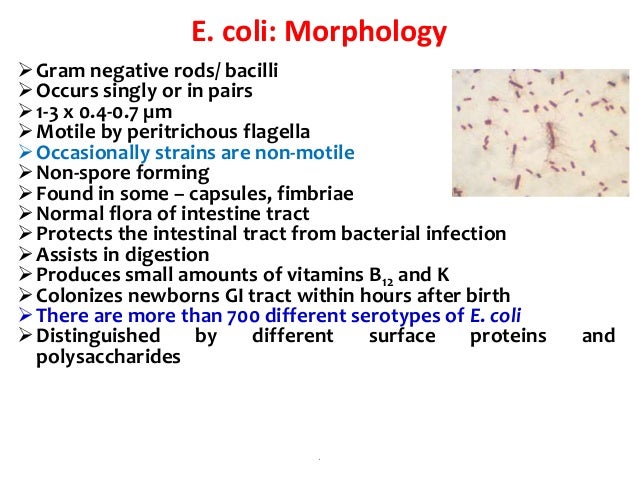


Genus Escherichia Coli



Nutrient Agar
E coli on XLD Agar Partial to complete inhibition;Successful E coli transformations create colored colonies on some media For example, growth on a MacConkey agar plate shows that E coli are not inhibited by bile salts and crystal violet The pink color of the bacterial growth indicates E coli can ferment lactose and tells you that it is a gramnegative bacteriumPink to redcolored small circular colonies E coli on EMB agar Blueblack bull's eye colonies with a metallic green sheen E coli on Bile Esculin Agar Growth with no blackening of the medium



Pseudomonas Aeruginosa Colony Morphology On Macconkey Agar Blood Agar Clear Explain Youtube



Chocolate Agar Composition Uses And Colony Characteristics Learn Microbiology Online
SeleniteF broth (04%) is used as enrichment and transport medium which permits rapid growth of enteric pathogens while temporarily (for 912 hours) inhibiting the growth of E coli Organisms from seleniteF broth are subcultured in MacConkey's agar after 24 hours incubation at 37°CAgar is the solidifying agent that provides a stable surface for the organism to grow on, which allows for the observation of colony morphology and enumeration of the organism The medium is made up of basic nutrient that is essential for a wide variety of organism, which makes it a general media that can be used for various purposesPink to redcolored small circular colonies E coli on EMB agar Blueblack bull's eye colonies with a metallic green sheen E coli on Bile Esculin Agar Growth with no blackening of the medium



E Coli Colony Morphology On Blood Ager Plate In This Enrichment Download Scientific Diagram



Escherichia Coli Morphology Lab Diagnosis Notesmed Notesmed
Types of E coli, eg E coli O157, can be detected by a serum antibody test Specimen used in lab for Ecoli are 1 Urine 2 Stool Culture 1 Isolation media a) nutrient agar, b) MacConkey's agar c) eosin methylene blue agar Biochemical media zGlucose phosphate broth zMotility agar zTSI slant zTryptone water zSimmon's citrate agarSurface growth of Escherichia coli cells on a membrane filter placed on a nutrient agar plate under various conditions was studied with a mathematical model The surface growth of bacterial cells showed a sigmoidal curve with time on a semilogarithmic plot To describe it, a new logistic model that we presented earlier (H Fujikawa et al, Food Microbiol , 04) was modifiedAn agar culture of E coli colonies Like other growth media , the formulations of agar used in plates may be classified as either "defined" or "undefined";


1
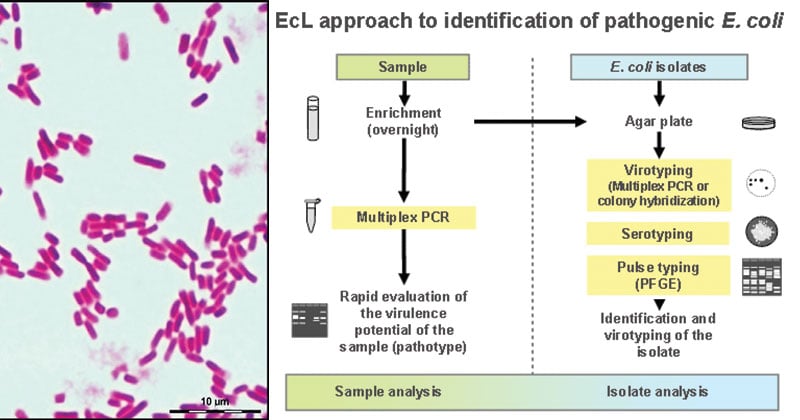


Escherichia Coli E Coli An Overview Microbe Notes
E coli on Nutrient Agar (NA) 1 They appear large, circular, low convex, grayish, white, moist, smooth, and opaque 2 They are of 2 forms Smooth (S) form and Rough (R) form 3 Smooth forms are emulsifiable in saline 4 Due to repeated subculture, there is smooth to rough variation (SR variation) E coli on Blood Agar (BA)Bacteria Each distinct circular colony should represent an individual bacterial cell or group that has divided repeatedly Being kept in one place, the resulting cells have accumulated to form a visible patch Most bacterial colonies appear white, cream, or yellow in color, and fairly circular in shapeOn Endo agar it looks like lactose negative)
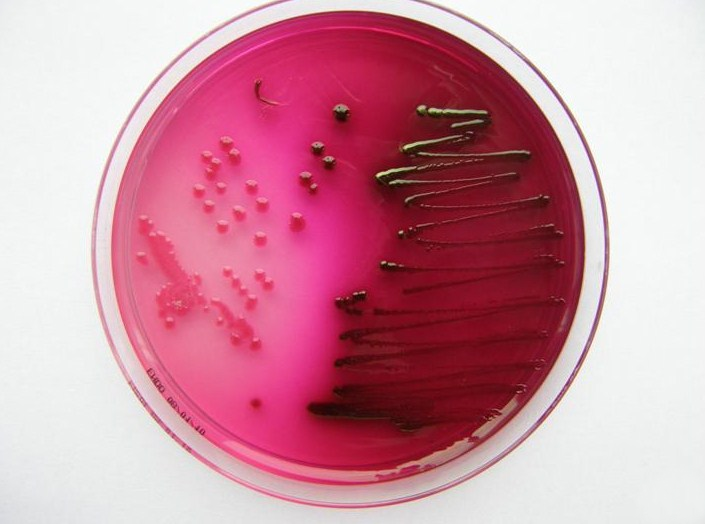


Escherichia Coli E Coli An Overview Microbe Notes



What Kind Of Contaminant Do I Have In My E Coli Culture On An Ampicillin Agar Plate
Hey friendsI'm medical laboratory scientistThis video has information about e coli colony on macconkey agar Blood agar,Nutrient Agar MicrobiologyE coIn current study, the morphological characteristics of E coli growth on nutrient agar were consistent with the findings of AlFerdous et al, (12) that refers to growth of circular, raisedE coli on XLD Agar Partial to complete inhibition;



Aseptic Laboratory Techniques Plating Methods Protocol
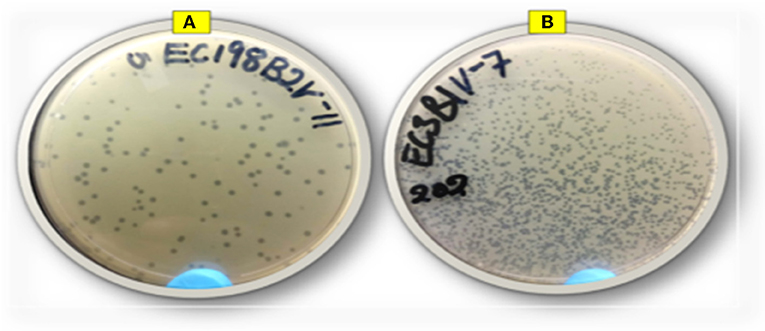


Frontiers Characterization Of Lytic Bacteriophages Infecting Multidrug Resistant Shiga Toxigenic Atypical Escherichia Coli O177 Strains Isolated From Cattle Feces Public Health
The following show expected colony appearances and morphologies (shapes) of Escherichia coli and Staphylococcus aureus Note characteristics such as edges, color, and whether the colonies are rough or smooth in texture For colony appearances of E coli and S aureus, scientists often describe what they look like on agarA _____ is a uniform population of bacteria growing on a nutrient agar plate that has developed from a single bacterium or a group of attached bacteria D Which of the following describes the correct cellular morphology and Gram reaction for Staphylococcus aureus?E coli is a facultative anaerobes 2 Its optimum growth temperature is 37°C and ranges from 10°C to 40°C E coli on Nutrient Agar (NA) 1 They appear large, circular, low convex, grayish, white, moist, smooth and opaque 2 They are of 2 forms Smooth (S) form and Rough (R) form 3 Smooth forms Read more Cultural Characteristics of E


Q Tbn And9gcrgjt16x 3h2n9e8zrofxhr52iubn03qpmlldxwnbxd9 H Ti3u Usqp Cau



Pseudomonas Aeruginosa On Nutrient Agar Download Scientific Diagram
An agar culture of E coli colonies Like other growth media , the formulations of agar used in plates may be classified as either "defined" or "undefined";Nutrient agar Colonies are large (23mm), thick, colorless, moist, easily emulsifiable Escherichia coli MacConkey's agar Colonies are flat and pink (due to lactose fermentation), circular, convex, smooth nonviscous with a clearcut margin Blood agar Colonies are big, circular, grey, moist, and some strain beta hemolysis (mainly UPEC10 points total 1 Describe the growth of M luteus and E coli on the agar slantsM luteus was bright yellow in color and tended to form individual colonies, rather than a smooth, even growth pattern, so we could call this effuse or beaded growth E coli was offwhite in color and showed a spreading growth pattern usually it appeared as a cloudy film over the whole surface of the slant



Growth Requirements Of E Coli And Auxotrophs Microbiology Class Video Study Com



Bacterial Colony Morphology Characteristics Definition Science Class Video Study Com
Morphology Cocci that are spherical or ovoid TSA Agar, Blood Agar 5%, Chocolate Agar, Nutrient Agar For selective isolation Bile Esculin Azide (BEA) Media, 65% NaCl Broth, 65% NaCl Agar, Columbia CNA, Mannitol Salt Agar, Mannitol Salt Broth For maintenanceThe colony morphology of E coli on nutrient agar looks lactose negative, cellobiose negative, and sucrose negative In some colonies, a metallic green color is given off by the specimenThis exercise will help you identify the cultural characteristics of a bacterium on an agar plate called colony morphology Although one might not necessarily see the importance of colonial morphology at first, it really can be important when identifying the bacterium Features of the colonies may help to pinpoint the identity of the bacterium
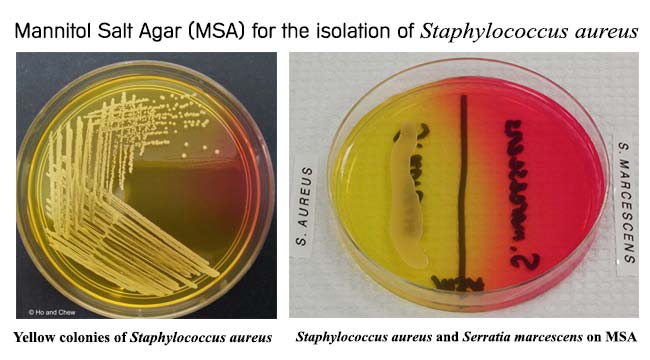


Mannitol Salt Agar For The Isolation Of Staphylococcus Aureus



Solved Part I Complete The Following Data Tables With Te Chegg Com
MORPHOLOGY OF ESCHERICHIA COLI (E COLI) Shape – Escherichia coli is a straight, rod shape (bacillus) bacterium Size – The size of Escherichia coli is about 1–3 µm × 04–07 µm (micrometer) Arrangement Of Cells – Escherichia coli is arranged singly or in pairs Motility – Escherichia coli is a motile bacteriumE coli on XLD Agar Partial to complete inhibition;We start out with a single, lone bacterial cell, which is deposited on a solid nutrient medium agar It divides at a logarithmic pace until a colony appears on the plate One colony typically equals about 1,000 bacterial cells This is expressed in colonyforming units per milliliter (CFU/mL)



Free Living Amebae Media For Acanthamoeba And Naeglaria Cultures



Nutrient Agar Composition Preparation And Uses Learn Microbiology Online
E coli Shape (form) circular Margin entire Elevation raised Size punctiform, small Texture (surface) smooth Appearance shiny Pigmentation nonpigmented (colorless) Optical property translucent S aureus Shape (form) circular Margin entire Elevation convex Size moderate, large Texture (surface) rough Appearance shiny Pigmentation tan, golden yellow Optical property opaque ForYellow to yellowred colonies E coli on Salmonella Shigella (SS) Slight growth;Four different strains of Escherichia coli on Endo agar with biochemical slope (see here) Glucose fermentation with gas production, urea and H2S negative, lactose positive (with exception of strain D " late lactose fermenter ";
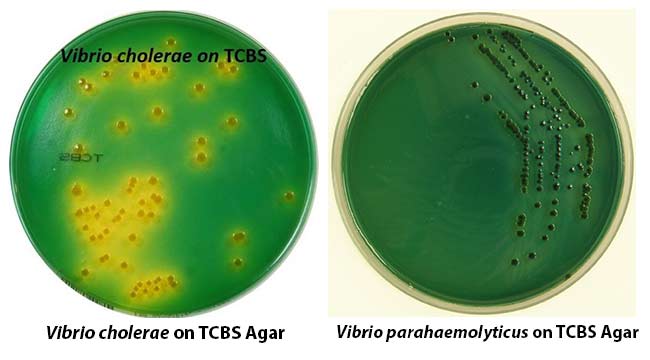


Thiosulfate Citrate Bile Salts Sucrose Tcbs Agar All You Need To Know


Http Antimicrobialresistance Dk Customerdata Files Folders 6 Pdf Protocols 73 29 16 E Coli O157 1 Pdf Pdf
Cells of Escherichia coli NBRC 3972 and Staphylococcus aureus NBRC were inoculated onto an agar (15%) medium varying in nutrient concentration from full strength of the nutrient broth (NB) to 1/10 NB Immediately thereafter, the inoculated agar was placed on antimicrobial and nonantimicrobial surfaces in such a way that the microbial cells came into contact with these surfacesTypes of E coli, eg E coli O157, can be detected by a serum antibody test Specimen used in lab for Ecoli are 1 Urine 2 Stool Culture 1 Isolation media a) nutrient agar, b) MacConkey's agar c) eosin methylene blue agar Biochemical media zGlucose phosphate broth zMotility agar zTSI slant zTryptone water zSimmon's citrate agarSeleniteF broth (04%) is used as enrichment and transport medium which permits rapid growth of enteric pathogens while temporarily (for 912 hours) inhibiting the growth of E coli Organisms from seleniteF broth are subcultured in MacConkey's agar after 24 hours incubation at 37°C
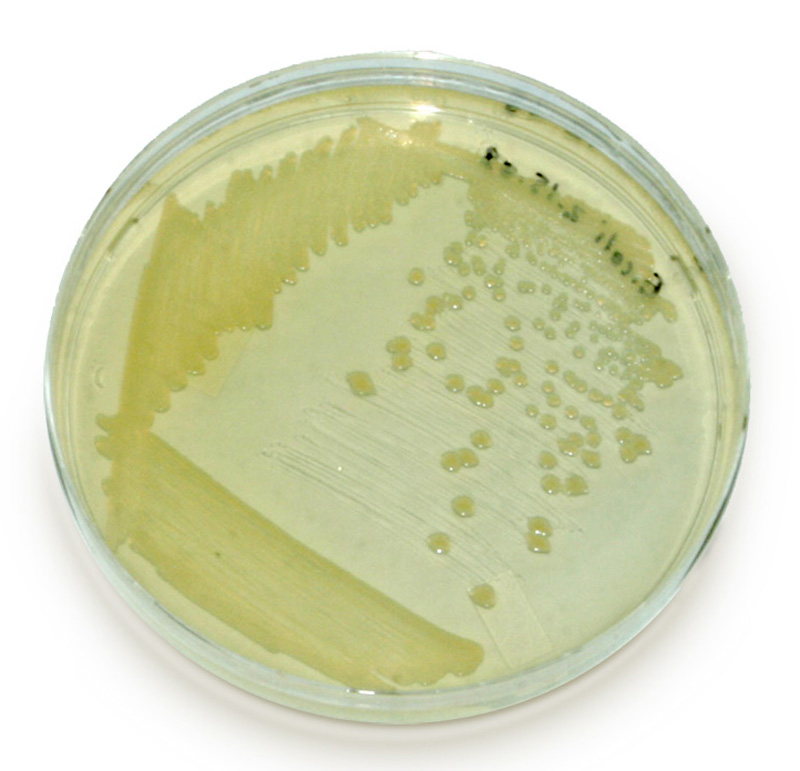


Cultivation Media For Bacteria



Plant Based Culture Media Efficiently Support Culturing Rhizobacteria And Correctly Mirror Their In Situ Diversity Sciencedirect
Nutrient agar Colonies are large (23mm), thick, colorless, moist, easily emulsifiable Escherichia coli MacConkey's agar Colonies are flat and pink (due to lactose fermentation), circular, convex, smooth nonviscous with a clearcut margin Blood agar Colonies are big, circular, grey, moist, and some strain beta hemolysis (mainly UPECOn Endo agar it looks like lactose negative)All four strains are mannitol positive (best seen in fig D), cellobiose negative (strains A, B)Escherichia coli Four different strains of Escherichia coli on Endo agar with biochemical slope Glucose fermentation with gas production, urea and H 2 S negative, lactose positive (with exception of strain D "late lactose fermenter";



Staphylococcus Epidermidis An Overview Sciencedirect Topics



Morphology Culture Characteristics Of Escherichia Coli E Coli
Nutrient agar with Micrococcus luteus Nutrient agar is the simple medium which uses to grow the bacteria It is devoid of indicator, selective agent, differential ingredients and enriching substances, therefore uses for better expression of pigmentation, biochemical test and even for serotypingThis exercise will help you identify the cultural characteristics of a bacterium on an agar plate called colony morphology Although one might not necessarily see the importance of colonial morphology at first, it really can be important when identifying the bacterium Features of the colonies may help to pinpoint the identity of the bacteriumCultural Characteristics of Escherichia Coli It is an aerobe and a facultative anaerobe The optimum growth temperature is 37°C On Nutrient agar, colonies are large, thick, greyish white, moist, smooth, opaque or translucent discs



Morphology Culture Characteristics Of Klebsiella Pneumoniae



Enterobacteriaceae Cultural Characteristics Microbiology Proteus Mirabilis Methylene Blue
A Clusters of gramnegative cocci b E coli c Staphylococcus aureusThis study assessed the clonal diversity, the resistance profile and the virulence potential of Escherichia coli strains isolated from diabetic foot infection (DFI) and diabetic foot osteomyelitis (DFOM) A retrospective singlecentre study was conducted on patients diagnosed with E coli isolated from deep DFI and DFOM at Clinique du Pied Diabétique GardOccitanie (France) over a twoyear



Salmonella Shigella Ss Agar Composition Principle Procedure And Results Learn Microbiology Online
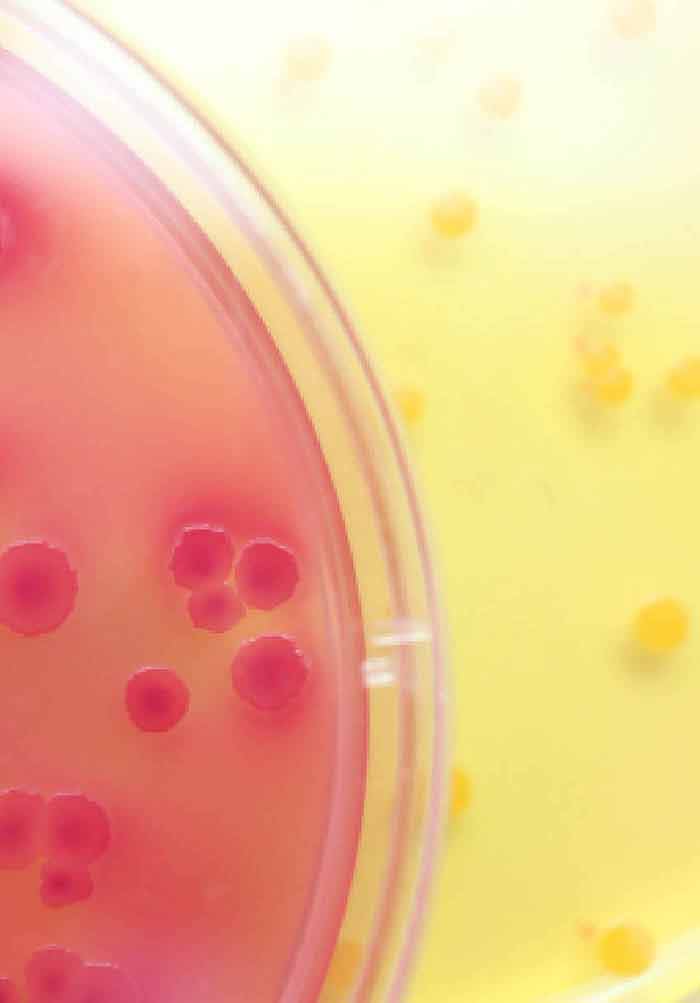


Isolation And Characterization Of Escherichia Coli From Animals Humans And Environment Intechopen



Xylose Lysine Deoxycholate Xld Agar Principle Uses Composition Preparation And Colony Characteristics
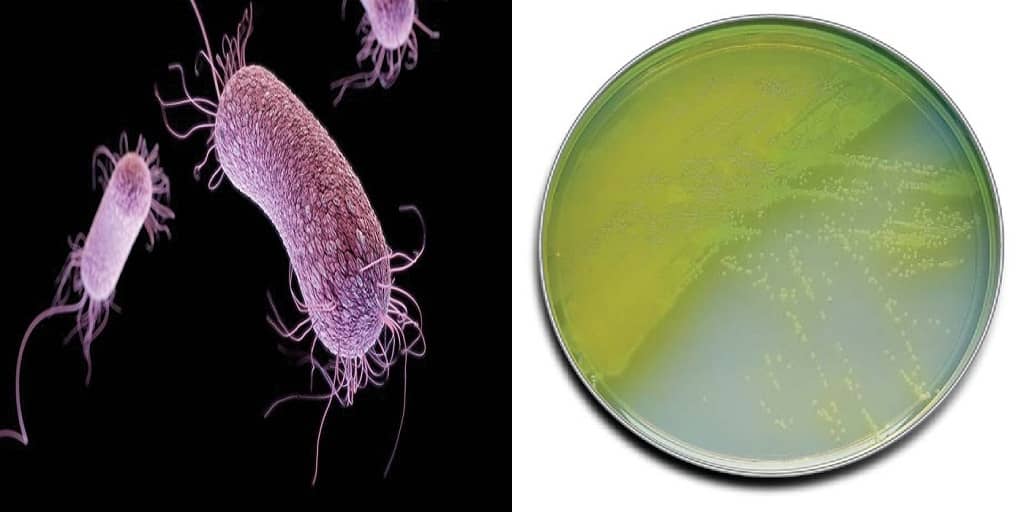


Morphology Culture Characteristics Of Pseudomonas Aeruginosa



Solved Please Helpdescribe Three Different Colonies On Th Chegg Com



Comparative Study Between Different Types Of Media Used For The Isolation Of Uropathogens With Special Reference To E Coli Journal Of Pure And Applied Microbiology
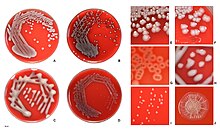


Escherichia Coli Wikipedia



Escherichia Coli E Coli Meaning Morphology And Characteristics
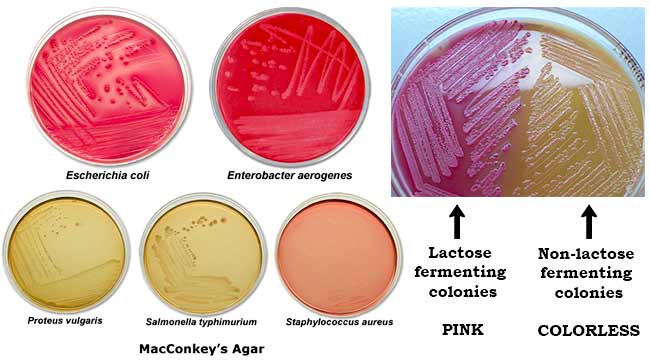


Macconkey Agar Composition Principle Uses Preparation And Colony Morphology



Early Detection And Classification Of Live Bacteria Using Time Lapse Coherent Imaging And Deep Learning Light Science Applications



Escherichia Coli Online Presentation



E Coli Colony On Macconkey Agar Blood Agar Nutrient Agar Microbiology Youtube



Pin On Demo Lesson Cell Division


Www Fda Gov Media Download



Pdf Isolation And Identification Of Escherichia Coli And Salmonella From Poultry Litter And Feed Semantic Scholar



Escherichia Coli E Coli An Overview Microbe Notes



Interpreting Plates
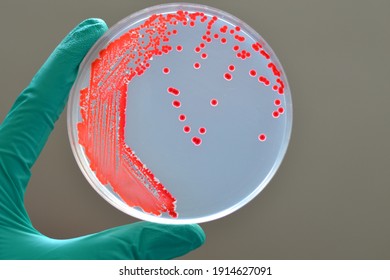


Serratia Images Stock Photos Vectors Shutterstock



Salmonella Shigella Ss Agar Composition Principle Uses Preparation And Result Interpretation



How To Read A Culture Plate



Cultural Characteristics Of Salmonella In Different Culture Media Download Table



Selective Growth Media For Differentiation And Detection Of Escherichia Coli And Other Coliforms Sigma Aldrich



Pdf Isolation And Identification Of Escherichia Coli And Salmonella From Poultry Litter And Feed Semantic Scholar
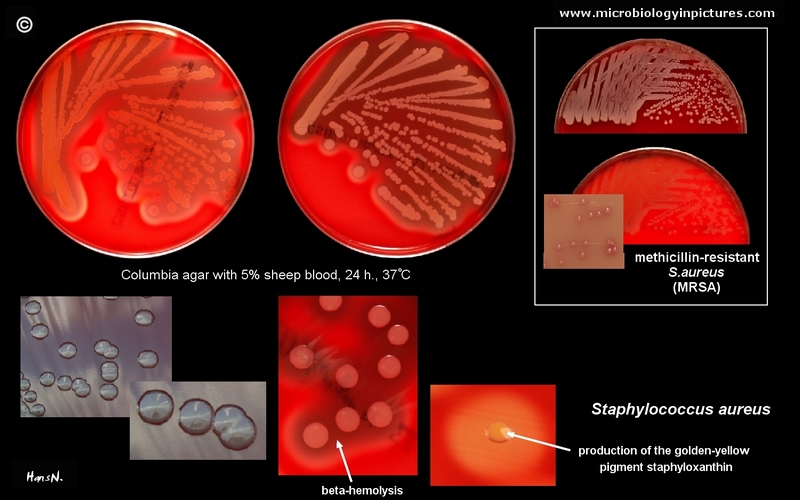


Staphylococcus Aureus Colony Morphology And Microscopic Appearance Basic Characteristic And Tests For Identification Of S Aureus Bacteria Images Of Staphylococcus Aureus Antibiotic Treatment Of Staphylococcal Infections
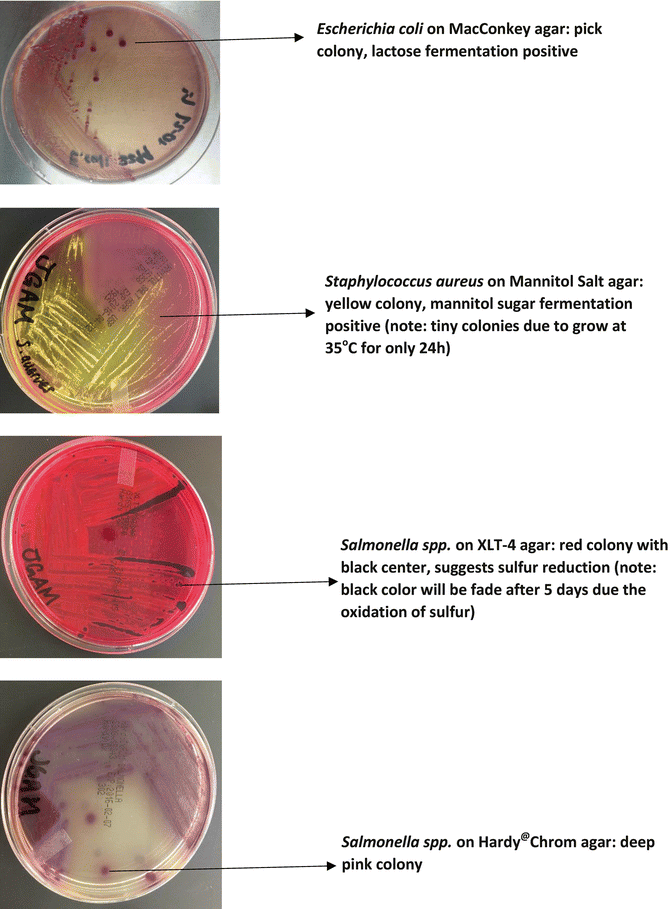


Isolation Of Foodborne Pathogens On Selective Differential And Enriched Medium By Streak Plating Springerlink



Pdf Colonial Morphology Of Escherichia Coli Impact Of Detection In Clinical Specimens
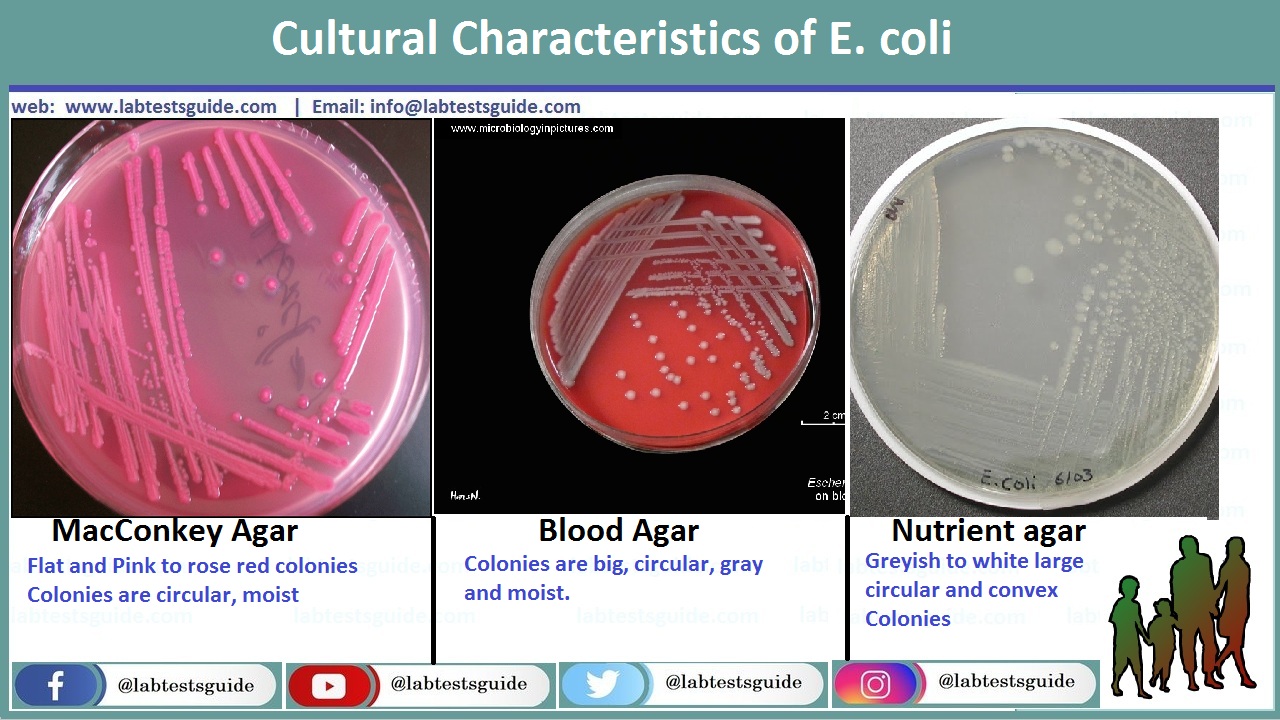


Urine Culture Interpretation Identification And More Lab Tests Guide
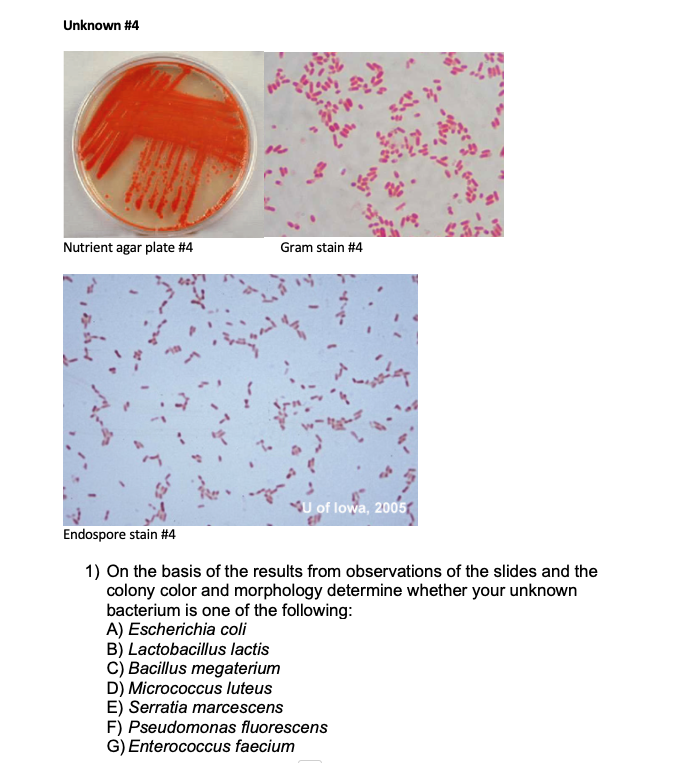


Solved Just Need To Know Of These 7 Options Which One Is Chegg Com
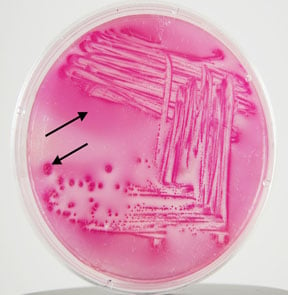


Escherichia Coli E Coli An Overview Microbe Notes



Digital Photographs Of E Coli Colonies Grown On Nutrient Agar Plate As Download Scientific Diagram
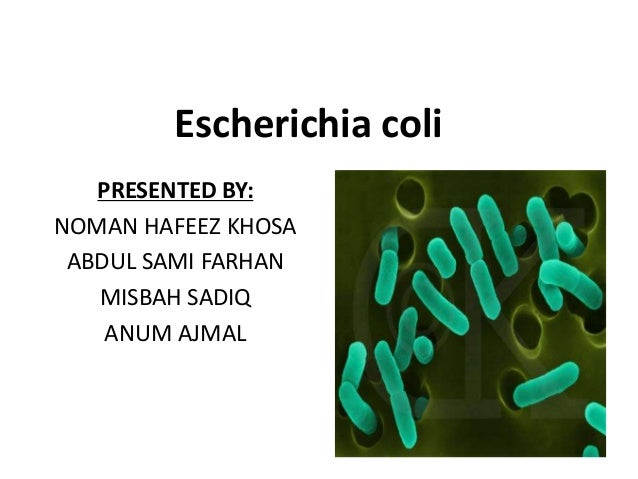


E Coli



Selective Growth Media For Differentiation And Detection Of Escherichia Coli And Other Coliforms Sigma Aldrich



Escherichia Coli Wikipedia


Nutrient Agar Introduction Composition Preparation Test Procedure


Http Antimicrobialresistance Dk Customerdata Files Folders 6 Pdf Protocols 73 29 16 E Coli O157 1 Pdf Pdf


Cell Shape And Population Migration Are Distinct Steps Of Proteus Mirabilis Swarming That Are Decoupled On High Percentage Agar Journal Of Bacteriology



Representative Images Of Overnight Growth Of Microbes On Nutrient Agar Download Scientific Diagram



Handling And Examining Cultures Orientation To The Microbiology Laboratory Basic Techniques Biotechnologies
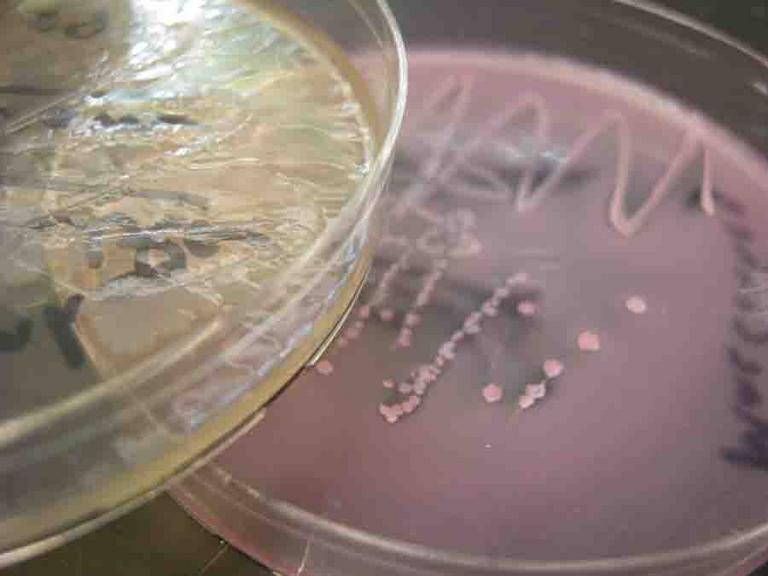


Gram Negative Bacteria Images Photos Of Escherichia Coli Salmonella Enterobacter



Solved Nutrient Broth Cultures B Cereus 03 E Coli 11 Chegg Com


Q Tbn And9gcrnromkd6ojdipvjbbunntiiociojvtit2bpoe0v2w9ohdxp0lr Usqp Cau


Bacteria
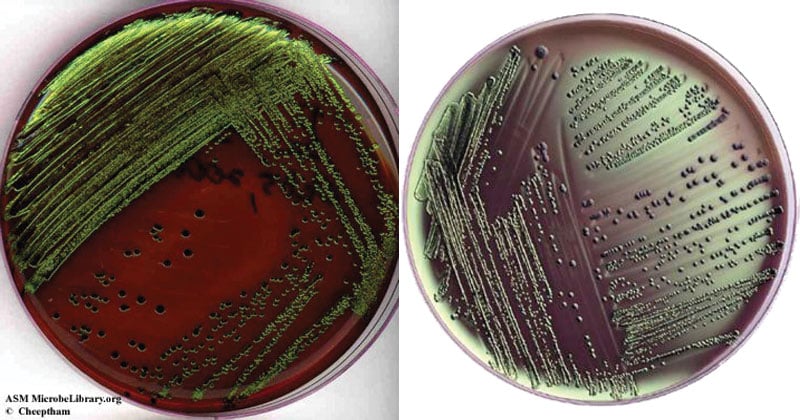


Eosin Methylene Blue Emb Agar Culture Media Microbe Notes
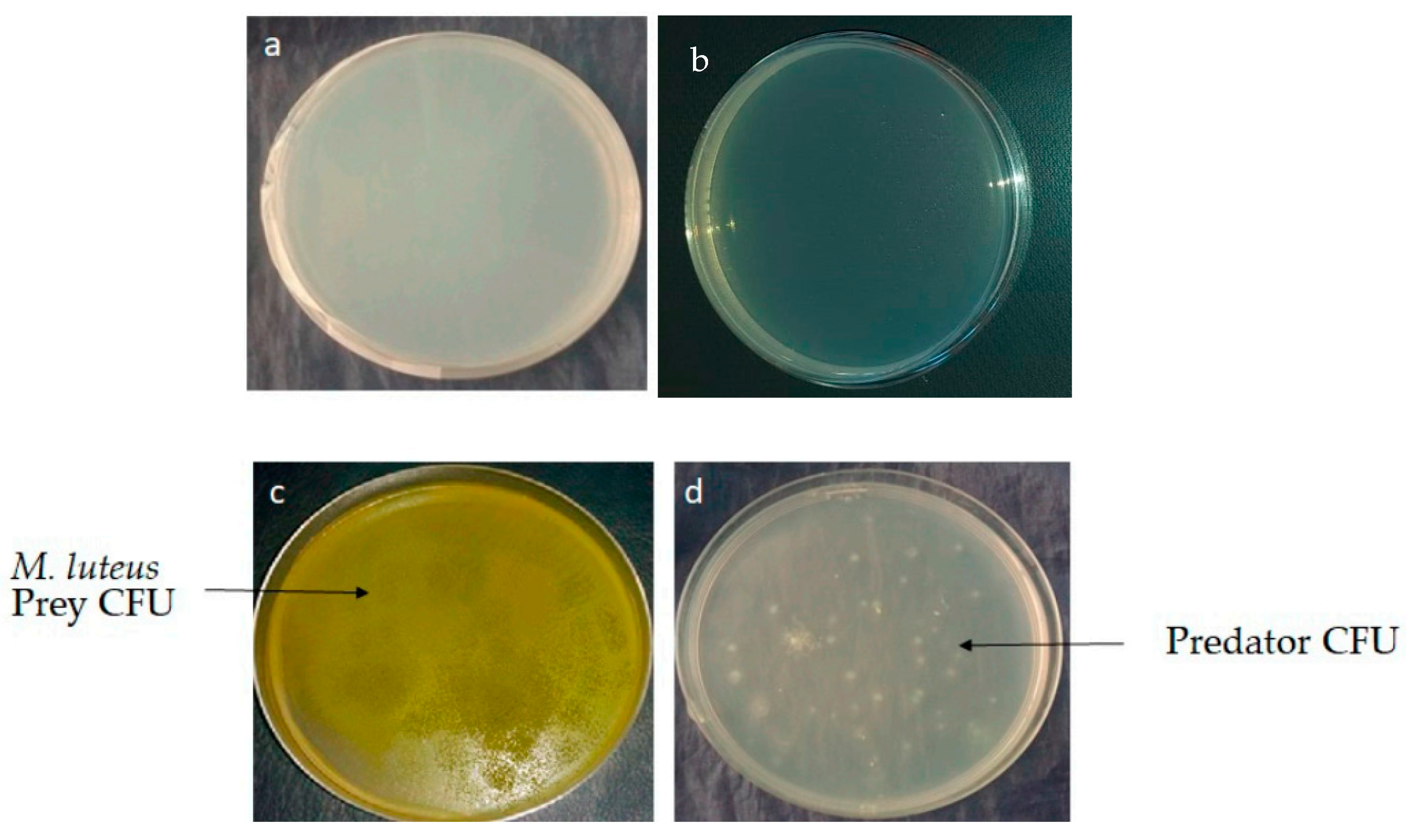


Antibiotics Free Full Text Marine Actinobacteria Screening For Predation Leads To The Discovery Of Potential New Drugs Against Multidrug Resistant Bacteria Html



Enterobacteriaceae Introduction And Phenotypic Features
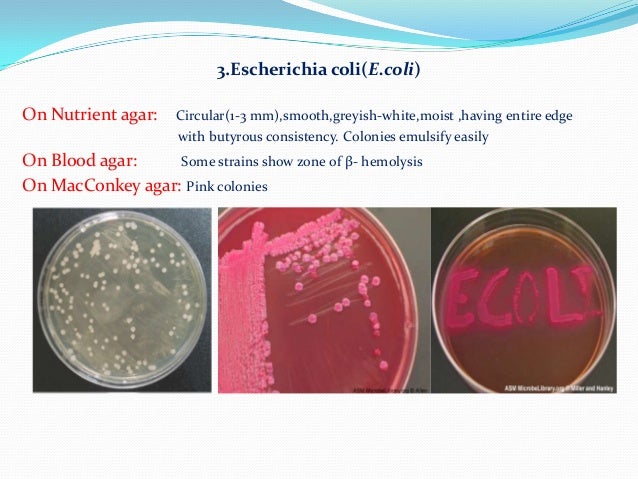


How To Read A Culture Plate
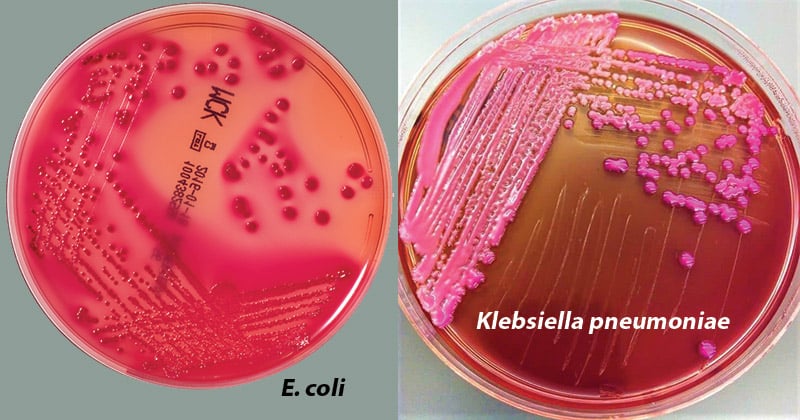


Macconkey Agar Culture Media Microbe Notes
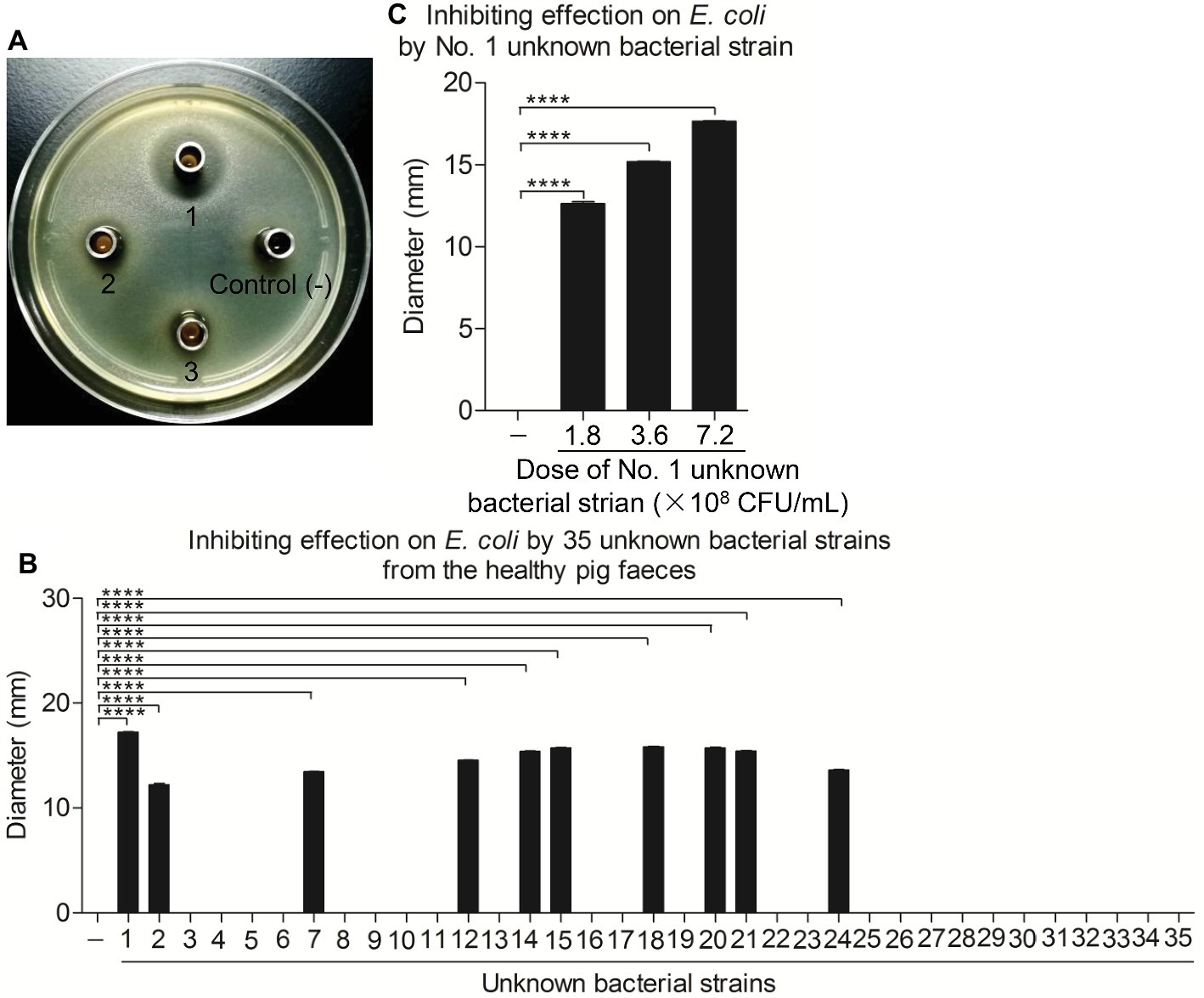


Frontiers A Newly Isolated Bacillus Subtilis Strain Named Ws 1 Inhibited Diarrhea And Death Caused By Pathogenic Escherichia Coli In Newborn Piglets Microbiology
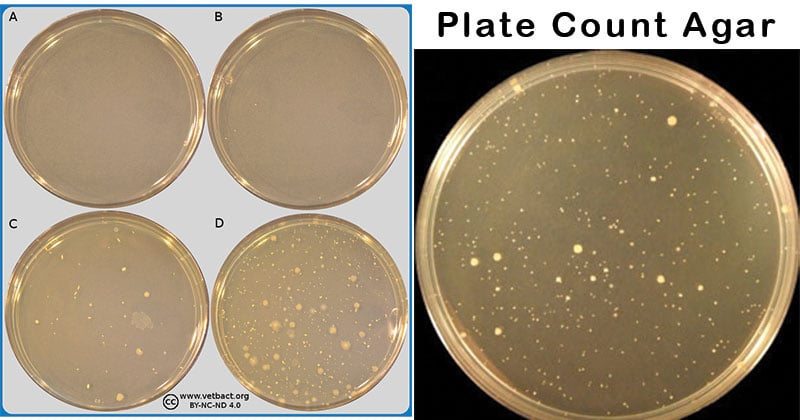


Plate Count Agar Pca Culture Media Microbe Notes


Pathogenic E Coli
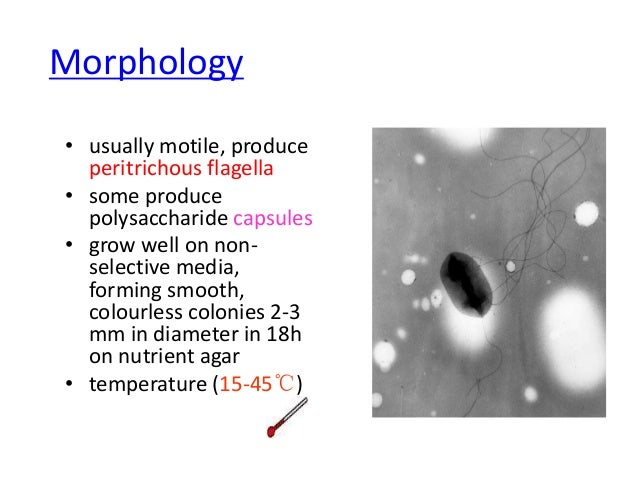


E Coli


Nutrient Agar Wikipedia



Enterobacter Cloacae Colony Characteristics A Nutrient Agar A1 Download Scientific Diagram
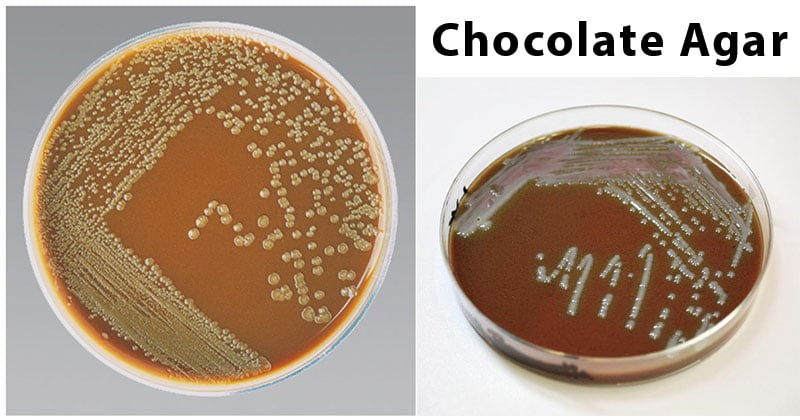


Chocolate Agar Culture Media Microbe Notes


Isolation And Identification Of Escherichia Coli From Dairy Cow Raw Milk In Bishoftu Town Central Ethiopia



Macconkey Agar Wikipedia
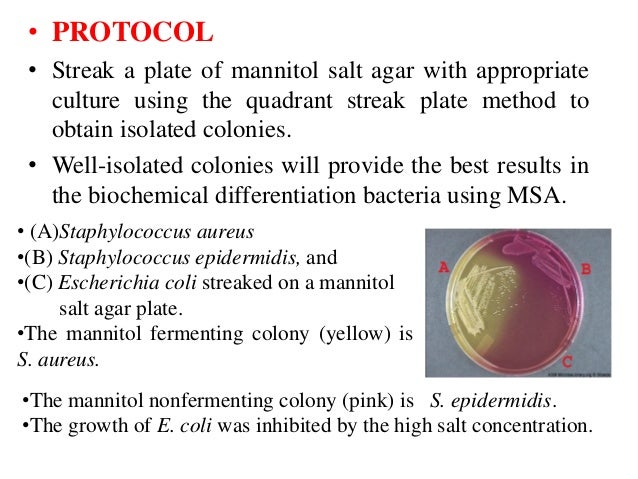


E Describe The Colony Morphology Seen On Your S Epidermidis Plate



Genus Escherichia Coli



Identification Of S Aureus And E Coli From Clinical Specimens Download Table



E Coli Colony Morphology On Macconkey Agar Plate Presumptive Download Scientific Diagram



Suyatno Rindang Farmasis James G Cappuccino



E Coli On Emb Agar Colony Morphology Results Why What Youtube
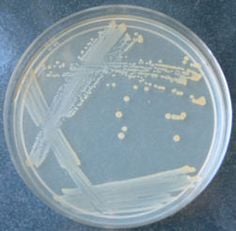


Escherichia Coli E Coli An Overview Microbe Notes



Enterobacteriaceae Family Ppt Video Online Download
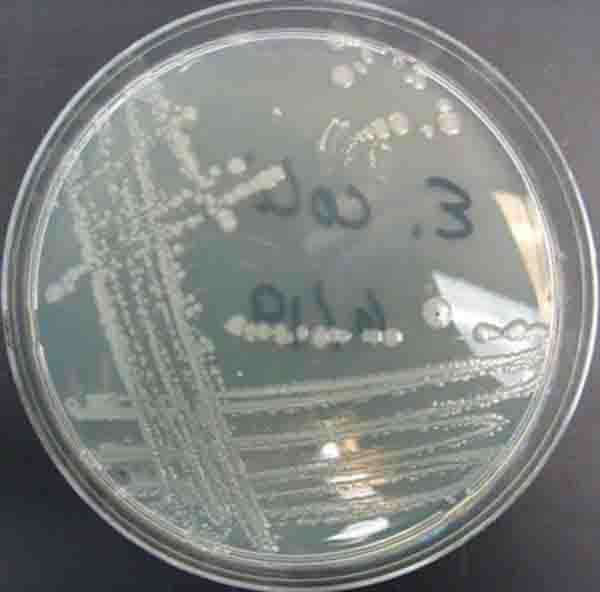


Gram Negative Bacteria Images Photos Of Escherichia Coli Salmonella Enterobacter



Escherichia Coli Don Xavier N D Morphology Gram Negative Oxidase Negative Non Sporing Non Capsulated Bacillus Strains Of E Coli Are Usually Motile Ppt Download



Pathogenic E Coli Extracts Nutrients From Infected Host Cells Utilizing Injectisome Components Sciencedirect
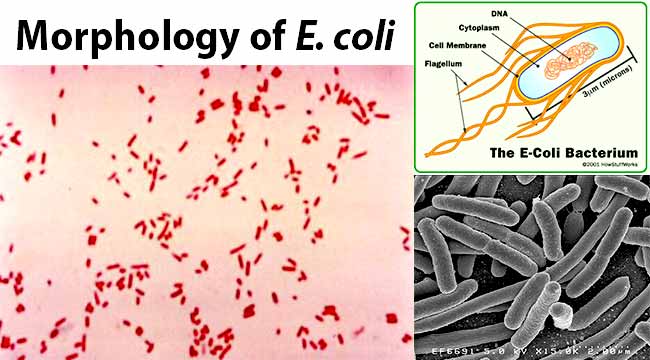


Escherichia Coli E Coli An Overview Microbe Notes


Q Tbn And9gcrvpdwb7drygavry6k8d0my8gcft61coyzvysqtjeuifpz3w2rw Usqp Cau



Enterobacter Cloacae Wikipedia



Culture Characteristics On Different Media And Biochemical Reaction Of Download Table


Staphylococcus Aureus And Ecoli Under Microscope Microscopy Of Gram Positive Cocci And Gram Negative Bacilli Morphology And Microscopic Appearance Of Staphylococcus Aureus And E Coli S Aureus Gram Stain And Colony Morphology On Agar Clinical


コメント
コメントを投稿